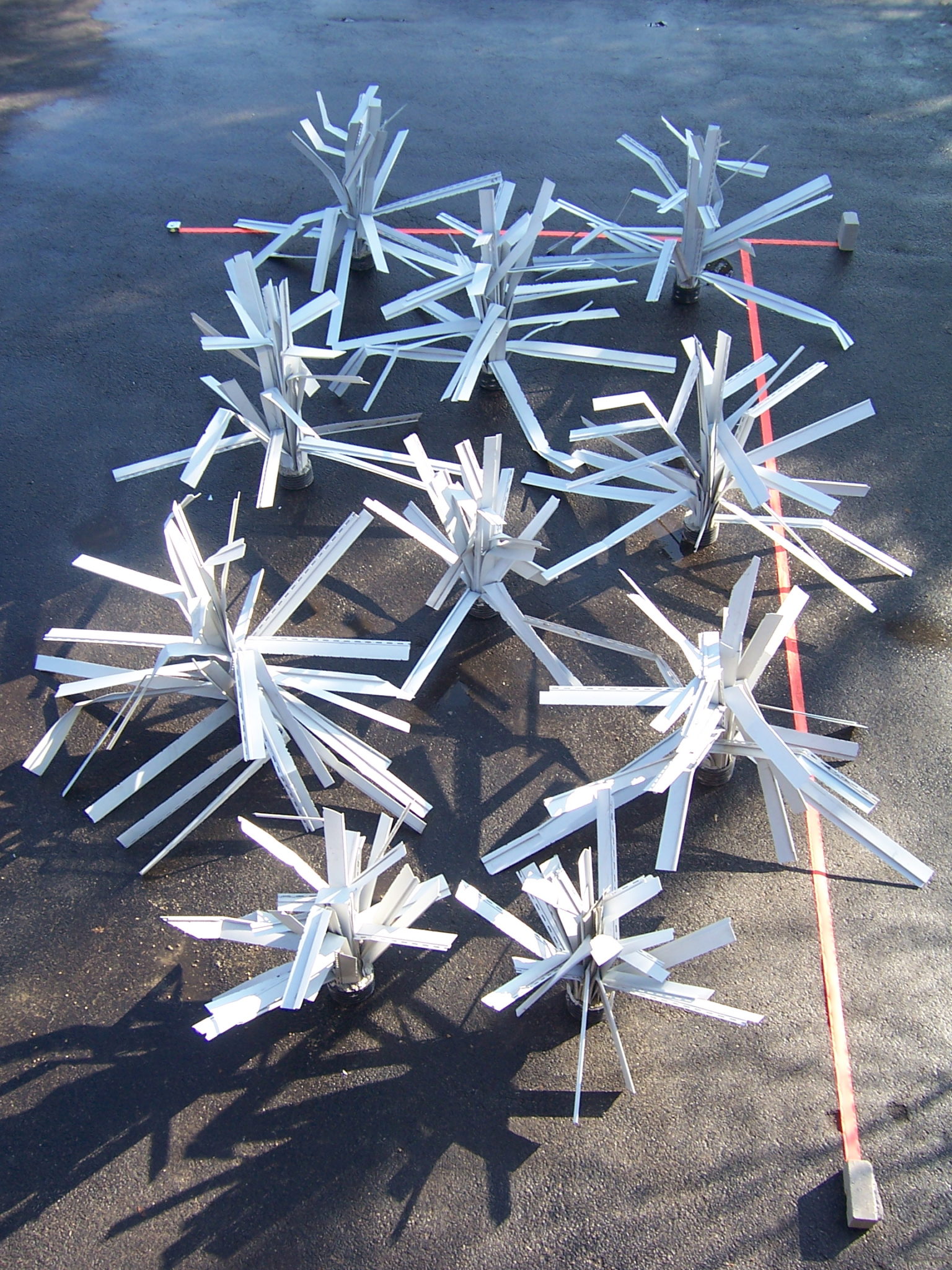TURKEY CREEK –The water at Edward Medard Park and Reservoir is back – along with the fish, and the anglers.The 1,284-acre Hillsborough County park remained open nearly two years after the reservoir was drained to allow repairs to its crumbling shoreline. After sufficient accumulated rainfall, the 750-acre reservoir was reopened to boating and fishing on Dec. 31.
See the dozens of unique artificial fish habitat models, fish attractors and fish cover used at fishiding.com, the leader in science based, proven, fish protection.The lengthy period without fishing at the popular park adversely impacted attendance, said Kent Newcomb, the senior manager of the park south of Plant City and east of Valrico.
“These people want to go fishing,” Newcomb said. “A couple of years of no fishing is not what people want.
Now it’s time to get the word out: Anglers can cast a line again at Medard Park.
“It’s been stocked with bass bluegills, specs and catfish; we’re talking hundreds of thousands,” Newcomb said.
One change for anglers: The reservoir’s fish management plan allows catch-and-release fishing only, at least for now. Newcomb said he thinks the Florida Fish and Wildlife Conservation Commission may rescind that in a year or so, once the new fish population has stabilized.
Boat ramps, of course, have reopened. The daily launch fee is $5 per boat, and annual passes are available.
New at the park are canoe and kayak rentals, $25 for as much as four hours.
Additionally, the observation tower and boardwalk leading to it — popular vantage points for bird-watchers have been rebuilt — Newcomb said.
More than 30 years had passed since water of any magnitude had been drained from the enormous reservoir at the park off Turkey Creek Road. But deteriorating sandbags along the banks signaled it was time, and water levels began dropping after the dam was removed in November 2009.
Construction, begun in January 2010, was by a contractor for the Southwest Florida Water Management District.
“They just about drained it all the way out,” leaving only isolated pockets of shallow water, Newcomb said.
Then, 3,000 feet of concrete mats were strung across a berm to help form the shoreline. The rocks that previously lined the shoreline will become fish habitat — artificial reefs to help transform the manmade lake into a more natural habitat.
Keeping the shoreline intact ensures residents to the south will not get flooded if the berm breaches.
The project was intended to fortify reservoir embankments to protect against erosion and provide flood control, said Amy Harroun, a spokeswoman for the Southwest Florida Water Management District, which owns the reservoir.
Medard Reservoir provides flood control, as well as groundwater recharge and recreational benefits, she said.
“The project was a success; construction was complete in June 2010, and then we waited for rainfall to raise the water level,” Harroun said.
The project provided additional benefits.
At the urging of state Sen. Ronda Storms, the tons of tilapia and catfish removed from the reservoir were filleted and distributed to America’s Second Harvest, which provided it to local food banks to feed the hungry.
Additionally, fisheries biologists from the University of Florida removed and tagged large bass, which were relocated to other Florida lakes.
Newcomb, who has managed the park for 20 years and lives onsite, is as happy as anyone to have the reservoir reopened, as it attracts more than those who want to fish or boat.
“The water reflects on everything else,” including attendance by campers and picnickers, Newcomb said.
After the reservoir was drained, the park saw a sharp drop in attendance, which normally is close to 500,000 visitors a year.
“It’s still not back to what we hope it will be,” Newcomb said. “(But) I’m sure it will come back.”
Edward Medard Park and Reservoir
WHERE: 6140 Turkey Creek Road, Plant City
HOURS: 6 a.m. to 6 p.m. (winter hours)
ADMISSION: $2 per vehicle (eight people or fewer)
BOAT RAMP: $5 per launch
CAMPING: 42 sites with electricity, $24 nightly; $18 for ages 55 and older
CANOE/KAYAK RENTAL: $25 for four hours
INFORMATION: (813) 757-3802








